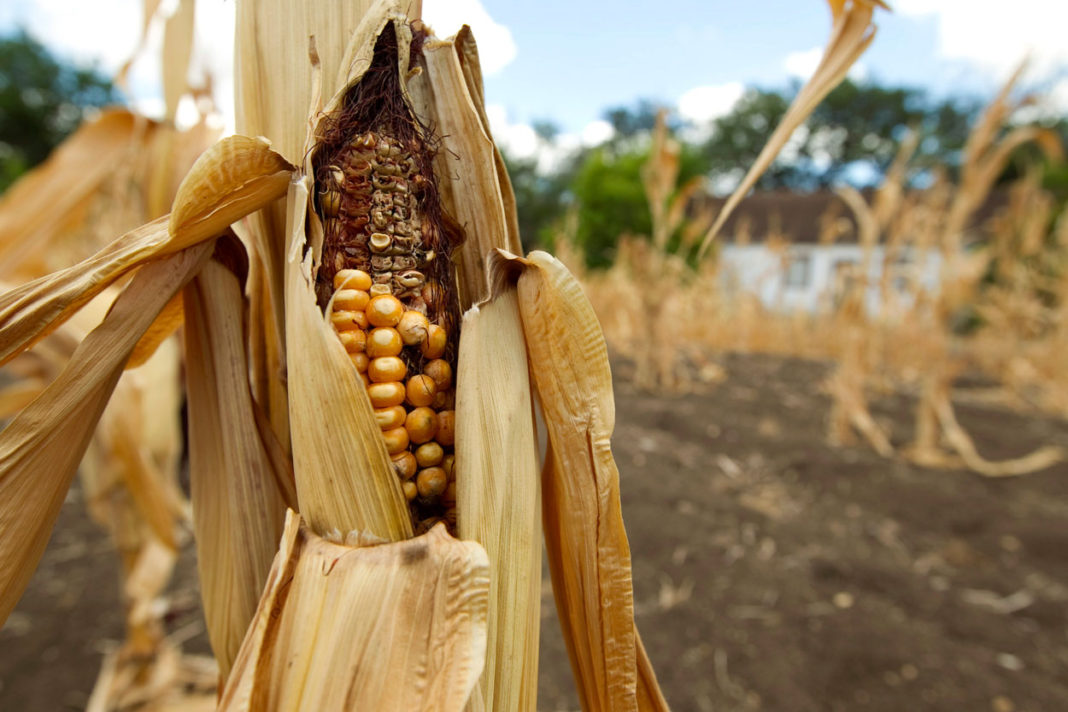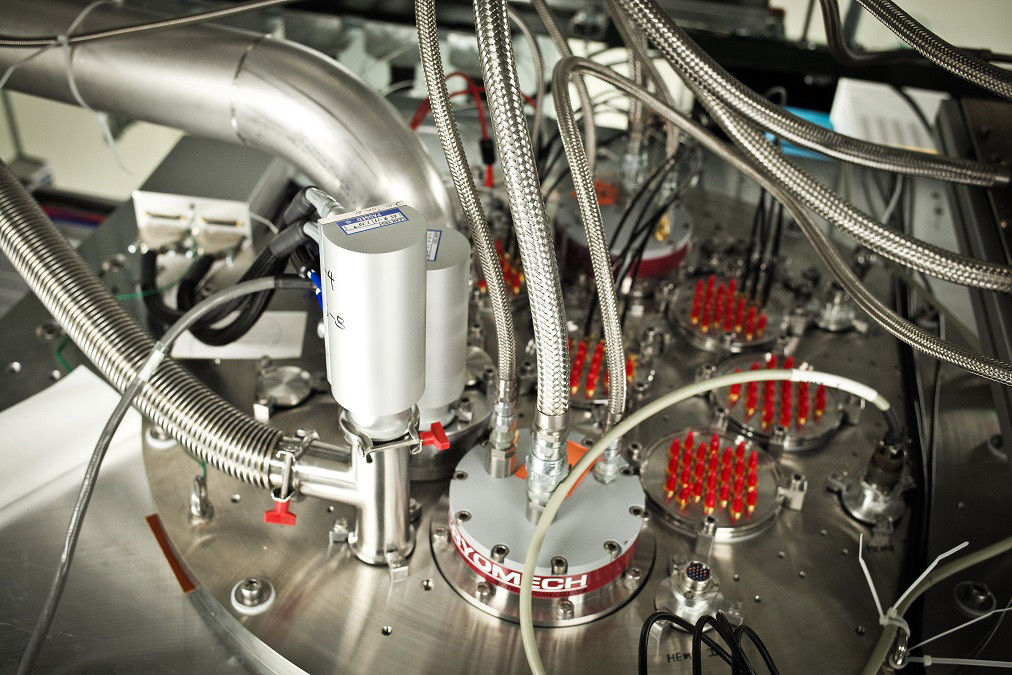There’s an upcoming global food crisis on its way that will affect us all if we don’t do something about it now. A simulation by the Center for Naval Analyses (CNA) shows a dismal world where a shortage of food will cause riots and wars to break out. Food production is also scarce and can never meet the ever growing need for human consumption. Just the UN alone is estimating an extra 2-3 billion mouths to feed by 2050. With things the way they are currently, the future is looking bleak for everyone.
As humans, we have been fighting famine and food shortage since the beginning of time, but now resources are becoming scarce, so we need to start acting smarter and being more efficient with what we do have. However, they may not lie with the resources we have, but more to do with the technology we can create to make better use of what’s in front of us. One way this has been done just recently is in the form of precision farming which involves taking action to get the maximum yield, minimum loss, and remain sustainable at the same time. Kai Goerlich, Digital Futures Research Director at SAP, says, “Digital advancements in technology are able to make agriculture more productive and can help stabilize crops. Sensors and real-time analytics can be used to optimize the planting, growing, harvesting, and transporting of food commodities.”
One platform that’s proved to be successful when it comes to precision farming is SAP’s Digital Farming. It connects suppliers to farmers to agricultural manufacturers and so on. Goerlich explains, “Crucial data from across entire farms are now collected and analyzed by a single cloud platform, which makes farming more efficient and sustainable.” Will Yapp is Vice President of Business Development at Senet (manufacturers of IoT sensors), and he says “Today’s large and local farms can leverage IoT to remotely monitor sensors that detect soil moisture, crop growth, and livestock feed levels, remotely manage and control their irrigation equipment, and combine operational data with third party information.”
The way in which Senet’s sensors work is over Low Power, Wide Area Networks (LPWAN), which is ideal for gathering agricultural data and environmental conditions from the crops. This data is then analyzed to ensure the best farming practices are carried out and the areas that need attention get attention. For example, Yapp explains “An IoT-managed watering system can considerably decrease consumption while at the same time increasing yields.” Integrating weather forecasts into the farming process also gives farmers the upper hand. By being able to better predict the weather, farmers can plan how much to and when to irrigate the crops, or gain an insight into how to increase their yield while using minimal pesticides and fertilizers.
Machine learning can also be used to predict disease and pest infestations and help prevent the loss of crops. One such company currently using this method is Seven Springs Farm in Cadiz, Kentucky. Here, they use cloud-based software systems to determine the best way to improve their yield. Goerlich confirms, “The farm uses an app to calibrate fertilizer purchases according to weather predictions, reducing runoff.” Another technology is being used that will help minimize waste by continually capturing data at every step of the food journey – from production through to sale. FoodLogiQ allows customers to scan products and look at its supply history displayed right in from of them.
In the near future, the way in which food is produced may change significantly with thanks to 3D printing. If we were to start producing food using this type of technology it would dramatically cut down food waste and labor costs and the consumer would get a flawlessly finished product. With all of these advanced farming methods and new technology it is possible that we can turn the food shortage crisis around, we just need to knuckle down and do it.
More News To Read
- What Direction Will Artificial Intelligence Turn in 2017?
- It’s Probable That Our Political Ideology is Genetically Ingrained Inside Our Genes
- Germany Take a Harsh Stand Against Illegal Posts
- 3D Printing Chances 5000 Years Old Glass Making Industry
- Lose One, Buy One; Apple’s Airpods Will Be Bought Individually To Replace Lost Ones











